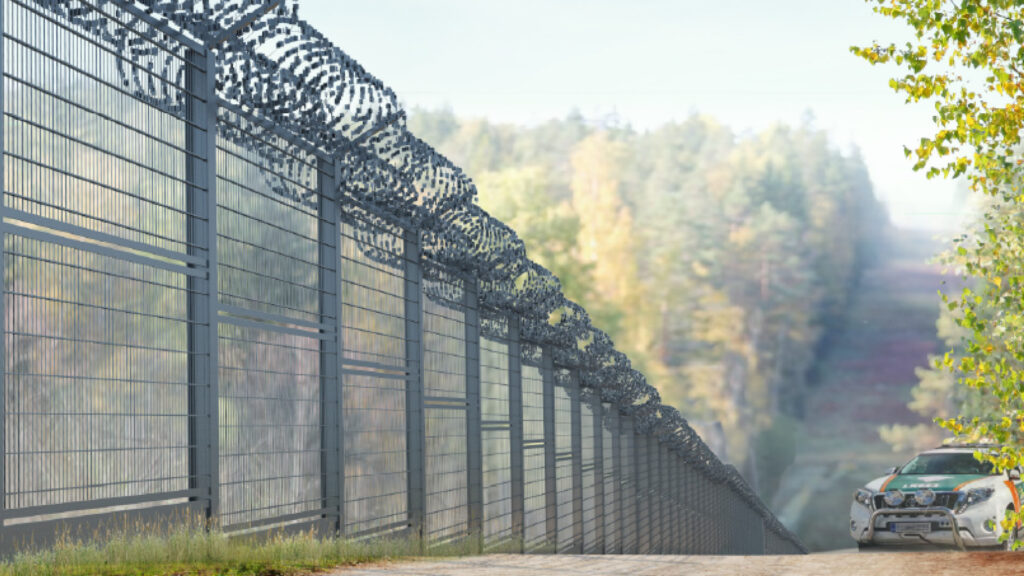Walls, immigration and national security have always been part of the human experience. China’s Great Wall dates from the third century BC and Hadrian’s Wall from the second century AD. While the Berlin Wall stood for less than half a century, its image remains. President Trump’s wall with Mexico remains a lightning rod in domestic US politics.
Finland is building a wall, a 200-km wire fence along its eastern border with Russia.
If Finland were to fall longitudinally to the south, it would fall through central Europe including the bulk of Ukraine and end up a bit in Greece and a bit in Turkey. It is, in its particular way, a significant player in the east/west tussle which has overshadowed so much of European history.
In its current phase and as the wall suggests, it leans to the west. It has even joined NATO.
Towards the end of the Great War, the situation was more complex. Immediately prior to the Tsar’s murder in the Great War, he ruled as Grand Duke of Finland and a policy of Russification was followed. The subsequent civil war between the Red Guards and the White Guards was won by the latter and Finland passed from Russian control into German influence.
Although President Wilson had stated in May 1918 that the US “shall be willing to recognize the Republic of Finland only when she shows that she is not controlled by Germany, as she now seems to be”, this did not stop the parliament from electing Prince Frederick Charles of Hesse as king of a new kingdom in October. However, with the German defeat the Prince, the Kaiser’s brother-in-law was never going to take up the job and renounced his claim on 14 December.
Twenty-one years on, World War II had just started and Russia decided to invade Finland. On 14 December 1939 the League of Nations conceived by President Wilson expelled the Soviet Union for its action.
Another sixteen years on, 14 December 1955, the UN Security Council resolved to admit Finland to the UN.
A central figure through the whole of this period was Juho Kusti Paasikivi. He was prime minister and a solid supporter of the constitutional monarchy in 1918, envoy to Moscow during the Winter War, and president from 1946 to 1956. He died on 14 December 1956.
